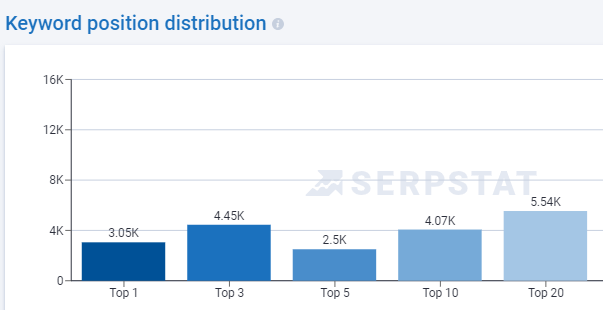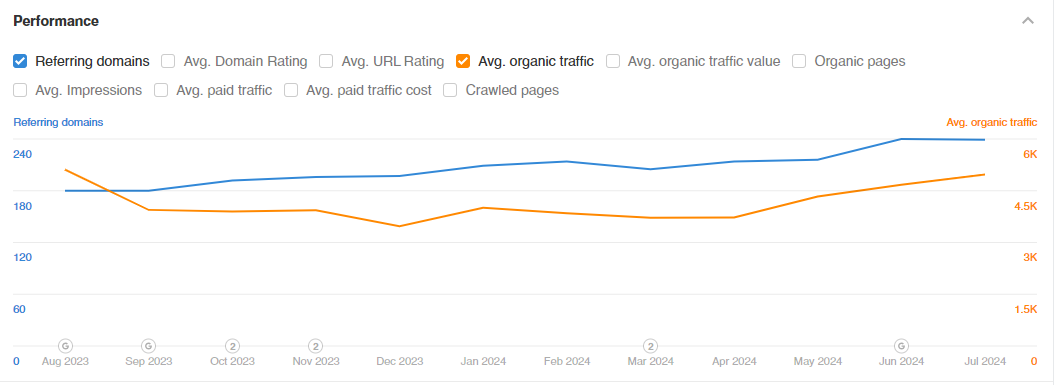Contents of the case

Media


Initial data
Whole works
- /01Full site audit and competitor analysis
- /02Building a promotion strategy
- /03Site optimization for relevant search queries
- /04Promotion of priority requests from TOP-10 to TOP-3
- /05Improvement of site conversion
- /06Expansion of the reference profile and publication of PR articles
Main problems and strategy
A feature of site promotion is that part of the sites in the search results are catalogs that do not have a shopping cart and do not provide the opportunity to buy online. Basically, these are manufacturers or large wholesale suppliers. And the rest of the sites are full-fledged online stores that offer products from manufacturers. Therefore, it was necessary to develop such a strategy so that the catalog site would rank well among similar ones, as well as be able to compete in search results with online stores.
For this purpose, the site was updated with commercial factors on the product and catalog pages. The appearance of the catalog was made simultaneously both in the form of collections and in the form of products. This made it possible to “tighten” the site to the appearance of a classic store. Showroom pages are also implemented on the website to strengthen the ranking by regions and the presence of own stores.
What was done
Semantics
There was an urgent need to optimize commercial keys to directory pages and receive organic traffic on them. For this, the main niche semantics and semantics that were already ranked on the site were collected. Based on this, filter pages were created for subjective and objective product parameters, so that the site was ranked for all relevant queries and could compete with classic online stores.
Content
The problem with placing content on the pages was that the site owners absolutely did not want to place “standard SEO texts” on the directory and filter pages. Therefore, we had to think about how to correctly distribute all the keys on the page, meta tags, images, product names in order to get a normal ranking.
Therefore, the main emphasis was placed on meta tags to cover the keywords as much as possible. Also, keys were organically written into product names, meta tags of pictures, etc. All this made it possible, at least at a basic level, to integrate keys into pages so that the site started to rank normally.
Expanding the structure
For the site, the expansion of the structure is a necessity, since we would not be able to advance on HF requests in the basic category. In addition, it is necessary to be able to compete in commercial publishing with classic online stores.
The expansion of the structure took place due to the implementation of the so-called “SEO filter”. This is when product filtering pages become landing pages for relevant groups of queries. This is how it was possible to work out broader semantics and at the same time not interfere with the physical structure of the site.
Referral profile
With the link profile, work was carried out more in the direction of high-quality PR posting than in the classic vision of link building for SEO. That is, we were more interested in expensive sites with good target traffic, which can be converted later on the site into potential buyers, than placement on a large number of donors with good technical characteristics.
We follow this strategy in the initial period of work. In the future, when a separate online store with a full-fledged shopping cart and referral profile will be implemented on the site, more classic work will be carried out to increase the technical parameters that affect the ranking.
Results
| Options | At the beginning of work | After 8 months | Difference |
|---|---|---|---|
| Organic traffic | |||
| Organic traffic | 5381 | 18815 | +350% |
| Site visibility | |||
| Site visibility | 1.72 | 5.64 | +328% |





